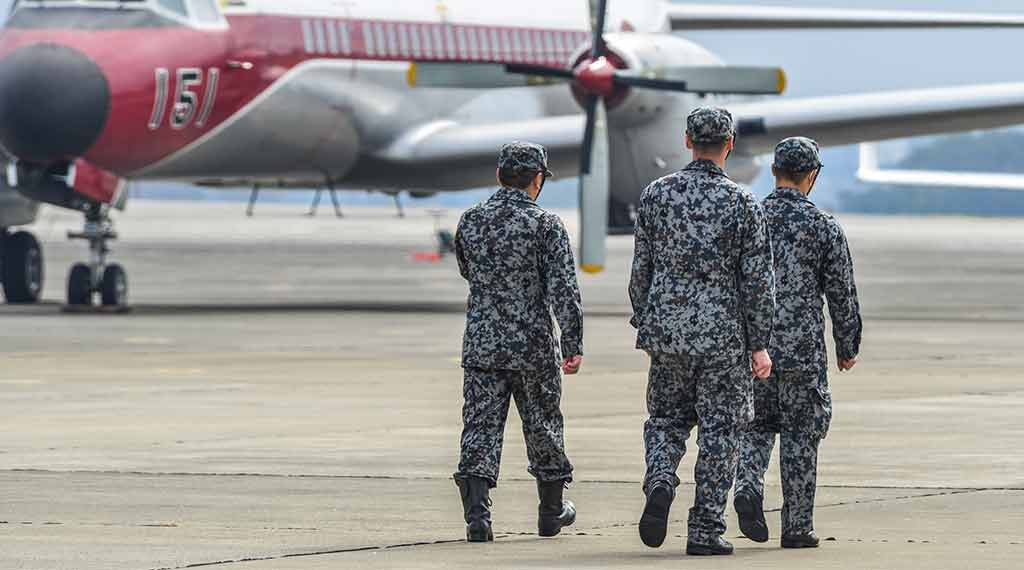A friend asked what this all means and why it happens.
Manning the Japan Self-Defense Force
What are the consequences of the JSDF being undermanned?
The Jieikan (members of the JSDF) tend to be overworked because they don’t have enough people in the services. I’ve heard this complaint more than once. That is terrible for morale. It can also make training ー and especially realistic training ー difficult to accomplish. Even carrying out necessary missions is difficult since there are not enough personnel. And suppose you’re fighting a war and people get killed or injured. You need replacements. If you have too few people to start with, well, good luck replacing casualties.
Also, because JSDF misses recruitment targets – 50% this year, 35% the years before, and by 20% for many years – it is an “older” force. The average age is actually quite high. War and military operations in general are a young person’s business. An “old” force is going to have trouble.
How does the recruiting shortfall affect the Maritime Self-Defense Force (MSDF), Ground Self-Defense Force (GSDF), and Air Self-Defense Force (ASDF)? Could you give us some examples?
Remember when MSDF was talking about building two ships specifically as AEGIS platforms a year or two ago? They had so few MSDF sailors that they were talking about forcing a few hundred GSDF personnel to join the MSDF to man the ships.
And a decade ago, recall when MSDF was ordered to add several submarines to the fleet. There were serious concerns about MSDF’s ability to find enough crew to man the extra submarines.
MSDF is probably half the size it needs to be to conduct the required missions to defend Japan. It obviously can’t expand in size unless it has enough sailors.
When GSDF sends units overseas, say to California and Australia to train, it tends to send small detachments. Maybe a company-sized unit, and sometimes a little larger. It ought to send bigger units to give more troops experience and also to train officers in command and control and operation of larger units. But it doesn’t have enough people. Therefore, it tends to send units that are too small to these exercises.
Notice that the MSDF has two “big” amphibious ships. You really need to have at least three. While one is at sea, the other is getting ready to go to sea, and the third is in port being repaired and maintained. If you’ve only got two ships – and don’t have enough sailors to man a third ship, you can see the problem. If you’re at sea when you should be in port or resting, you’re stressing both the ship and sailors.
Impact on the Defense of Japan
Would the lack of personnel impact the government’s plans to bolster Japan’s defenses?
Yes. As I mentioned, if Japan needs a bigger navy, for example, how is it going to man the ships?
If GSDF is going to have extra missile batteries and air defense systems, it needs the personnel to man them. So Japan can easily buy or build hardware. But it needs more (and enough) people to operate the systems.
And the ASDF? It needs to be doubled in size to handle all its required missions.
And I’ll say it again for all services, what happens if you take casualties in combat? Replace them with what?
Read more.

